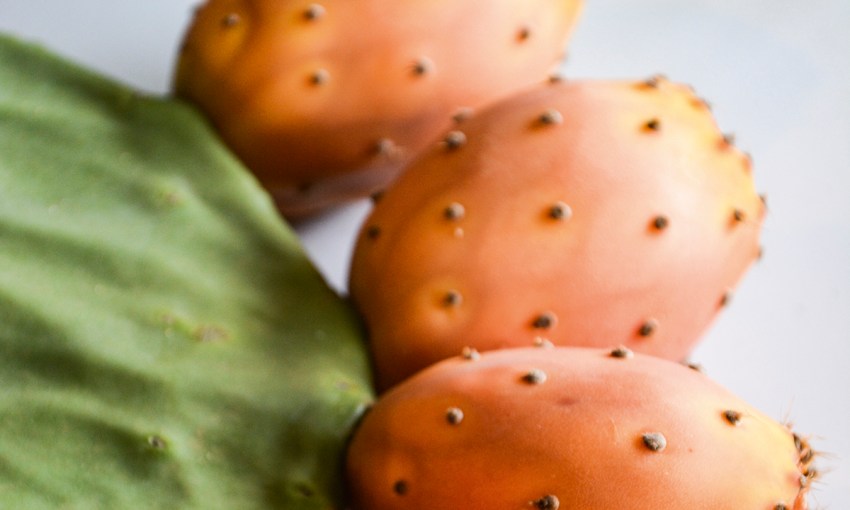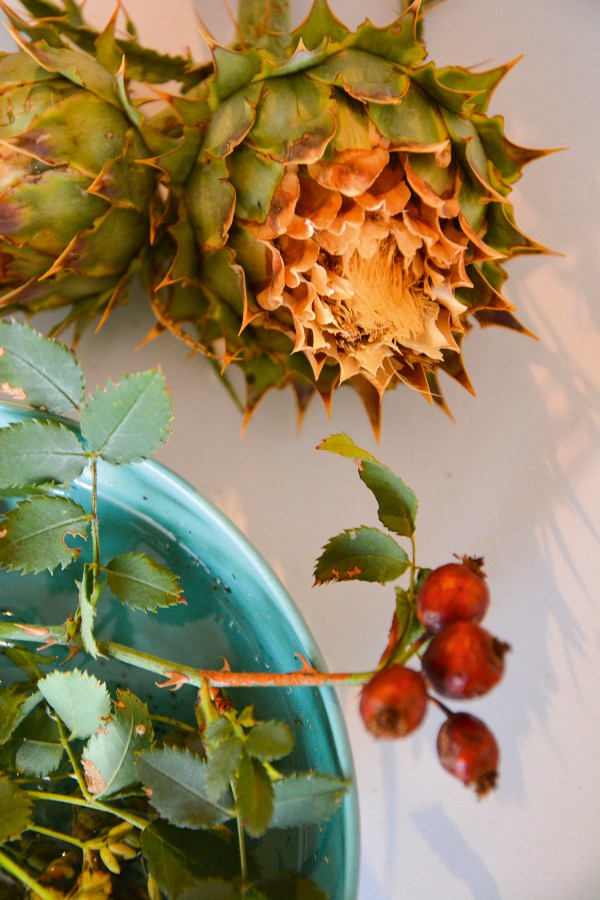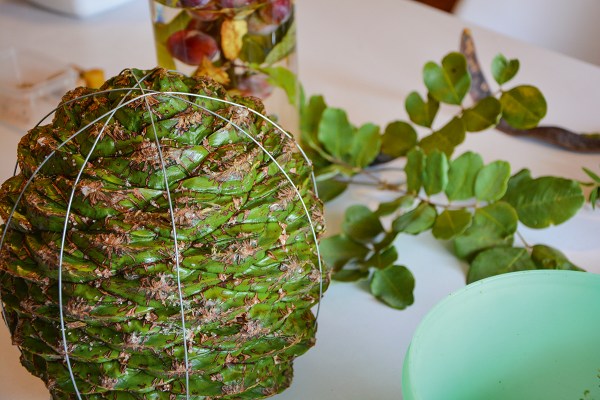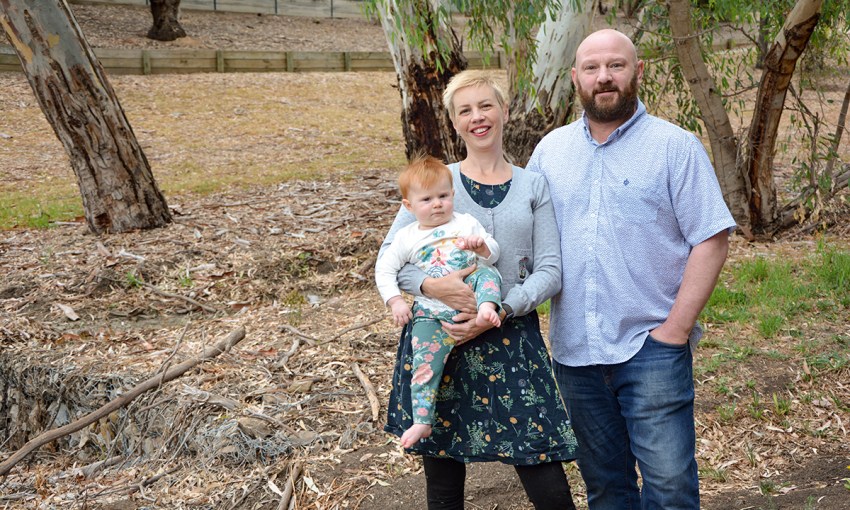Foraging may be a buzzword among chefs, but understanding and collecting wild-growing foods is a way of life for some.
Seek, and ye shall find
In January this year an Adelaide Hills woman discovered something unusual growing among the roots of an ancient apple tree in her garden. It was pale, bulbous in shape, and had a distinct, almost planetary, surface. The woman’s son, who happened to be a member of the Mushroom Foragers of South Australia Facebook group, took a photograph of the fungi and sent it to the group’s founder, Kate Griggs.
Horticulturalist and conservationist, Kate — known online as The Wild Food Huntress — responded that it had the appearance of a white truffle, which have never been known to grow in the wild in South Australia. A visit to the apple tree and a closer inspection strengthened her conviction that this was, indeed, a truffle. She took a sample of the fungi and sent it to a laboratory in Spain for testing.
Kate tells me this story as we circle the lake at Stirling’s Woorabinda Reserve. The lab results are yet to arrive, though she is certain they will confirm her suspicion. Like mushrooms, truffles can live forever underground, she explains, and will only fruit if optimal conditions arise. This occurred a few years ago when porcini mushrooms mysteriously started fruiting in droves in this area, the only place they are known to grow in Australia.

“Everywhere you go, there are giant, underground networks of mycelium, but you may never see any evidence of it. Mushrooms are very secretive in that way,” Kate says.
There is still much to learn about mushrooms — countless new varieties yet to be discovered, precise details about their complex role within the ecosystem yet to be understood. Their elusive nature is what, in many ways, draws the ever-inquisitive Kate to them. She is eager to share what she knows and uploads information about the state’s edible mushrooms to her website, a project she hopes will eventually result in a sort of guidebook. Though, with plenty of deadly mushrooms around, she insists that amateur mushroom foragers should always seek expert guidance.
With the recent arrival of her first child, Kate has been forced to slow down. A few paces ahead, husband Dean pauses to pick leaves, weeds and seeds to taste. Today, the menu includes wild dandelion, mint, pigweed, sorrel and watercress if you know how to spot them.

With a near encyclopaedic knowledge of the local flora, Kate gives a running commentary of the plants on the leafy forest floor.
“This plant here is called native currant, but it’s not really a currant at all. They flower near the ground; we think they evolved that way so bandicoots could reach the flowers and pollinate them.
“And just to your right there, the leaves on that plant are called bush band-aids because they have antiseptic qualities. You can rub them into cuts, and they will help relieve the pain. We’ve used them to make cough syrup,” she says.
The cupboards of Kate’s kitchen in Ingle Farm are filled with such oddities collected from local reserves and parks: pickled green walnuts, wild olives, dehydrated porcinis from last year’s season, coquito nuts harvested on the Adelaide Plains, seeds and weeds galore.

Kate’s insatiable appetite to learn everything she can about local plants has seen her spend time with local Aboriginal elders and form friendships with foraging experts around the country. Dean adds that his wife has also accumulated thousands of dollars’ worth of specialist books on the topic.
As a child, Kate was encouraged to recycle by her now-retired policeman father, an environmentalist and nature-lover with the foresight long before it was hip to bring tote bags to the supermarket. Some of Kate’s happiest early memories are of the days when her family would load their four-wheel drive and venture out bush, often for weeks on end. Spending uninterrupted time in the natural world not only gives her mind free rein to discover, it is where she feels most connected to herself. She is currently on maternity leave from her role in biodiversity at Adelaide City Council, an occupation that has allowed her to spend most of her time outdoors.
“I could never have worked a desk job,” she says. “Sometimes people ask me, with my expertise, why I don’t have any ambition to get a higher-up position.
“I can happily spend a whole day on a small patch of land pulling out every tiny weed from among the grasses. That’s almost like being in a dream for me.”
Kate is driven by a belief that conservation begins with educating people about their local environment. This is, in large part, why she runs foraging tours and workshops in the Adelaide region. She has observed that people who come on her tours are oftentimes trying to fulfil suppressed instincts of their own.
“We get lots of people on our tours whose grandparents might have foraged and taught them a few things. People with Polish roots are often the most interested in the mushroom tours. They are trying to reconnect with that forgotten history.”
This story first appeared in the April 2019 issue of SALIFE.
including free delivery to your door.



